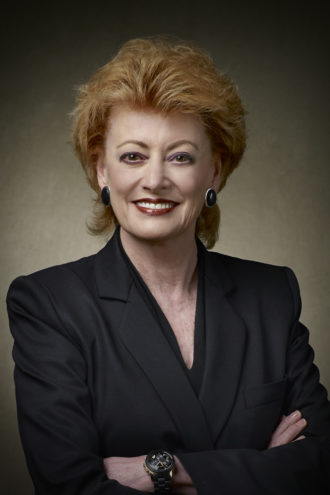Have you been in an office lately that you thought was wild, crazy, and fun?
Often today offices don’t even look like offices at all. They look like libraries, game rooms, food courts, coffee shops, and recreational areas. They’re lit differently, not standardized, and filled with a higher level of energy. They have a “vibe.”
Work has changed. It’s taken a new form. And the workforce is now much more human-focused and responsive to the new and innovative ways people work. Technology has been a dominant force in encouraging a more human-centered culture.

What’s important in today’s’ offices is a wide plethora of activity-based working spaces: choices for where to work, how to work, and when to work, resonate with today’s office population.
Workers want to change the mode of working to match the type of work they do. They desire a higher degree of flexibility to meet the ever-changing demands of work. Assigned workspaces have become the exception rather than the rule, and everything is mobile.
Spaces easily flow from inside to outside, and walls and doors open to the outside. Activities like team meetings and brainstorming sessions are happening outside. There are many more informal working spaces, many more types of conference rooms, and many more opportunities for spontaneous encounters within working spaces. It’s called an “agile work environment. “
A force promoting this way of working is Generation Z–made up largely of people born in the year 2000 or after.
These workers are the successors to the millennials. Generation Z’s attention span has dropped from the millennial’s previous record of 12 seconds to an all-time low of 8 seconds. They are true digital natives, and they possess an amazingly high level of connectivity among themselves and the general population. They are used to working on multiple electronic devices simultaneously, and they comfortably integrate virtual and offline experiences. So office space keeps pace by being flexible, fluid, and vibrant.
Numerous varieties, styles, and sizes of seating options provide occupants options for seated or standing work.
Connectivity and collaboration rule as Generation Z workers feel they have no problem smoothly moving between groups.
And, today’s spaces focus on the wellness of individuals.
Wellbeing is no longer just something to hint at; it provides a competitive advantage. Air quality, sustainability, proximity to natural light, and the ability to control the amount of light and temperature are vital to occupants.
The true test of a space is how you feel in it, and today’s offices are more ergonomic, more relaxed, more comfortable, and more like home. Today’s workers have a choice of coming in the office or working remotely, and today’s competitive companies are seeking to attract their workers to the office and achieve increased ROI.
To operate at 100 percent, employees need balance, and they must feel engaged. Enough work/life balance, a time to relax, downtime, and playtime are critical. Today’s successful offices relate to that concept and keep employees much more relaxed in the work environment.
The future of work is continuously altering the future office to ensure that the people performing the work feel supported, nurtured, and cared for in their environment. This delivers ROI and keeps the people coming back for more.
Jo Staffelbach Heinz is a Dallas-based principal at DLR Group / Staffelbach.





